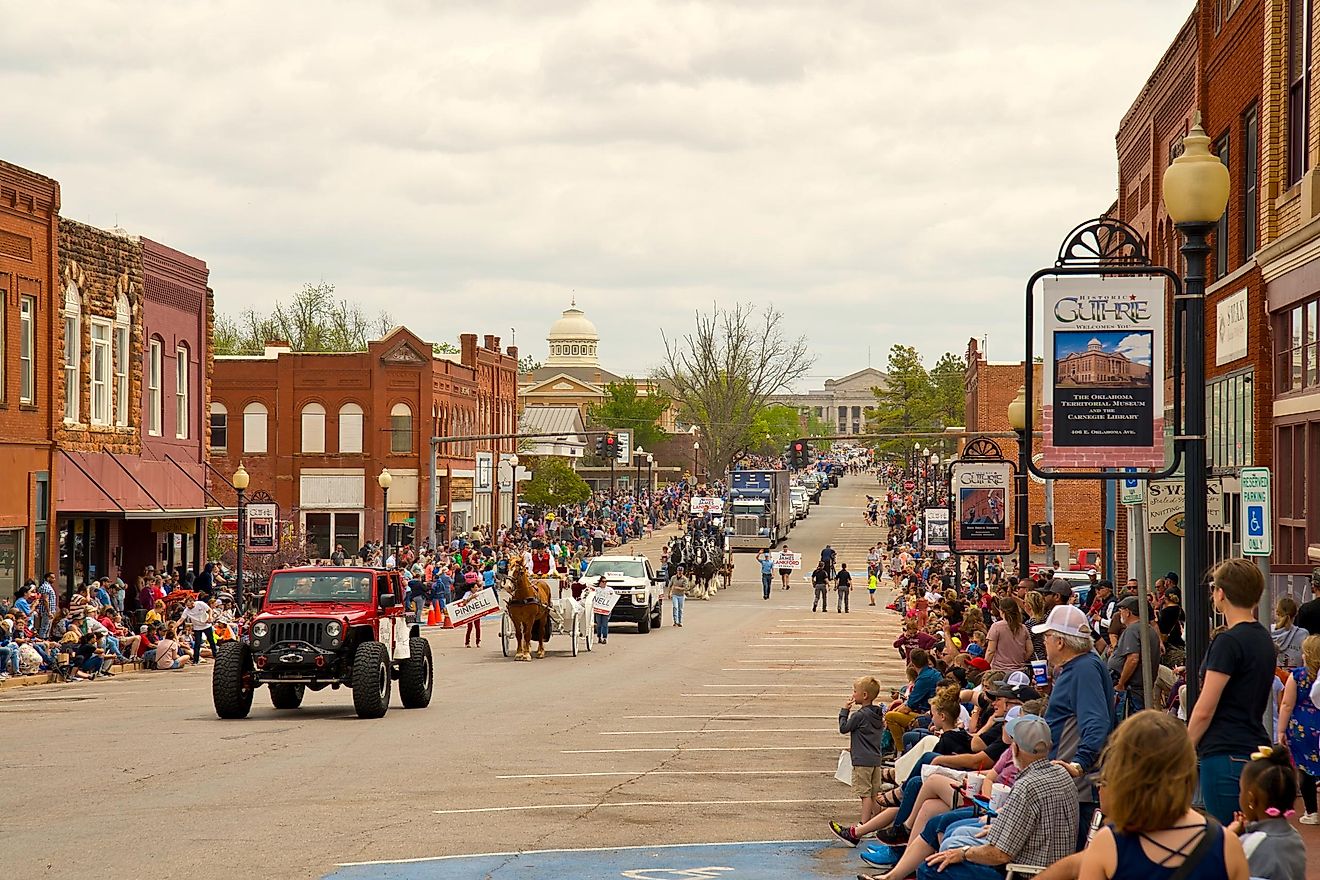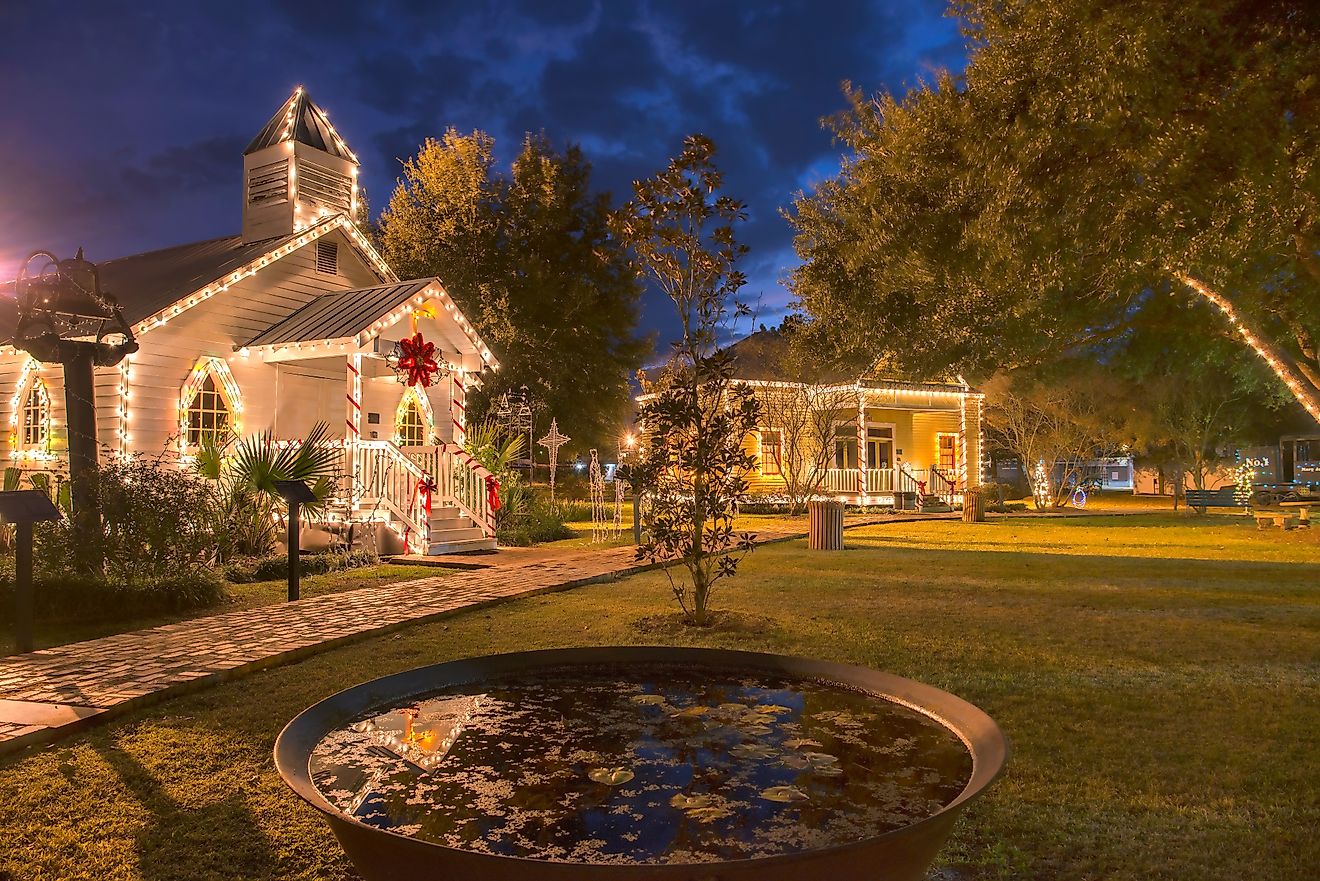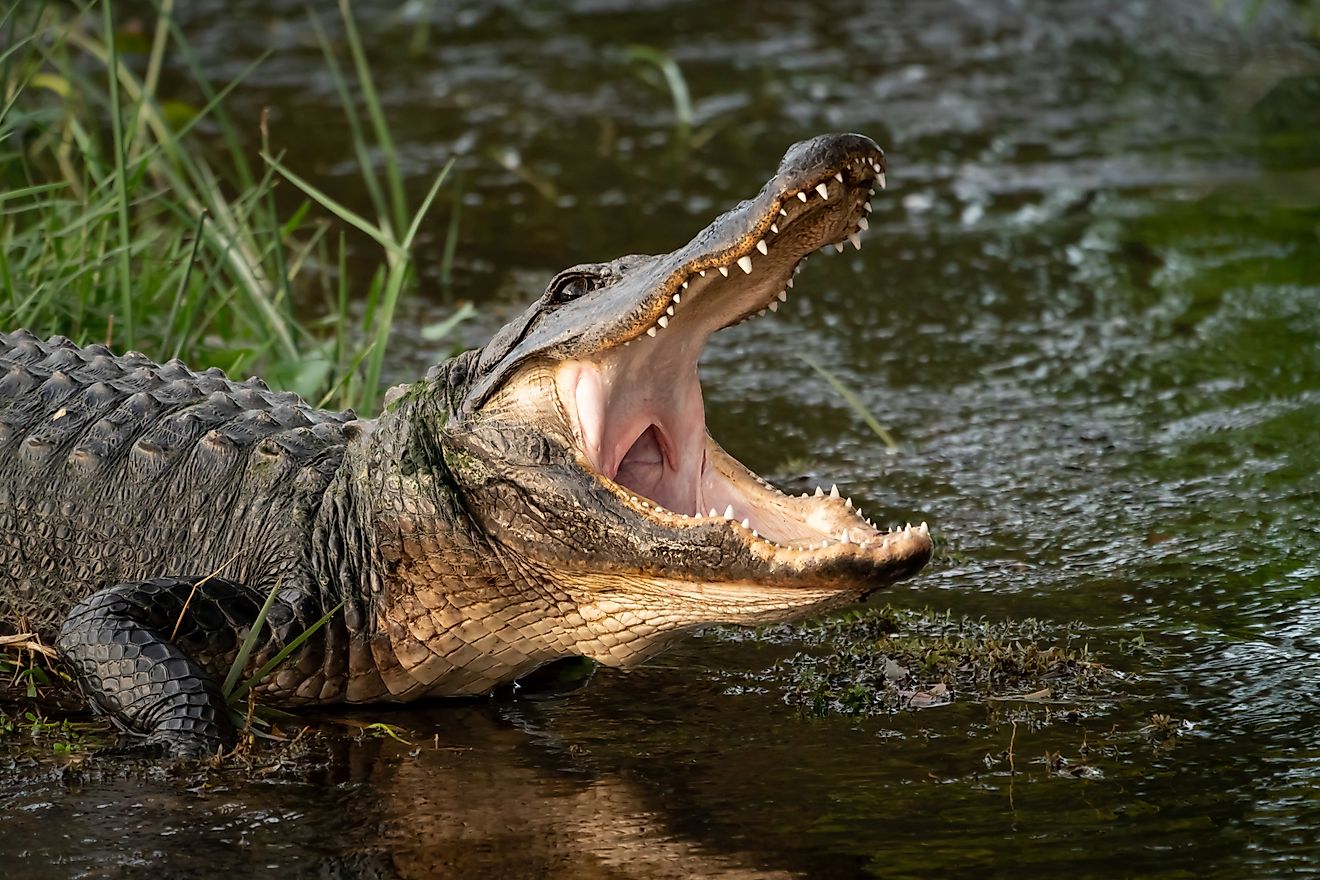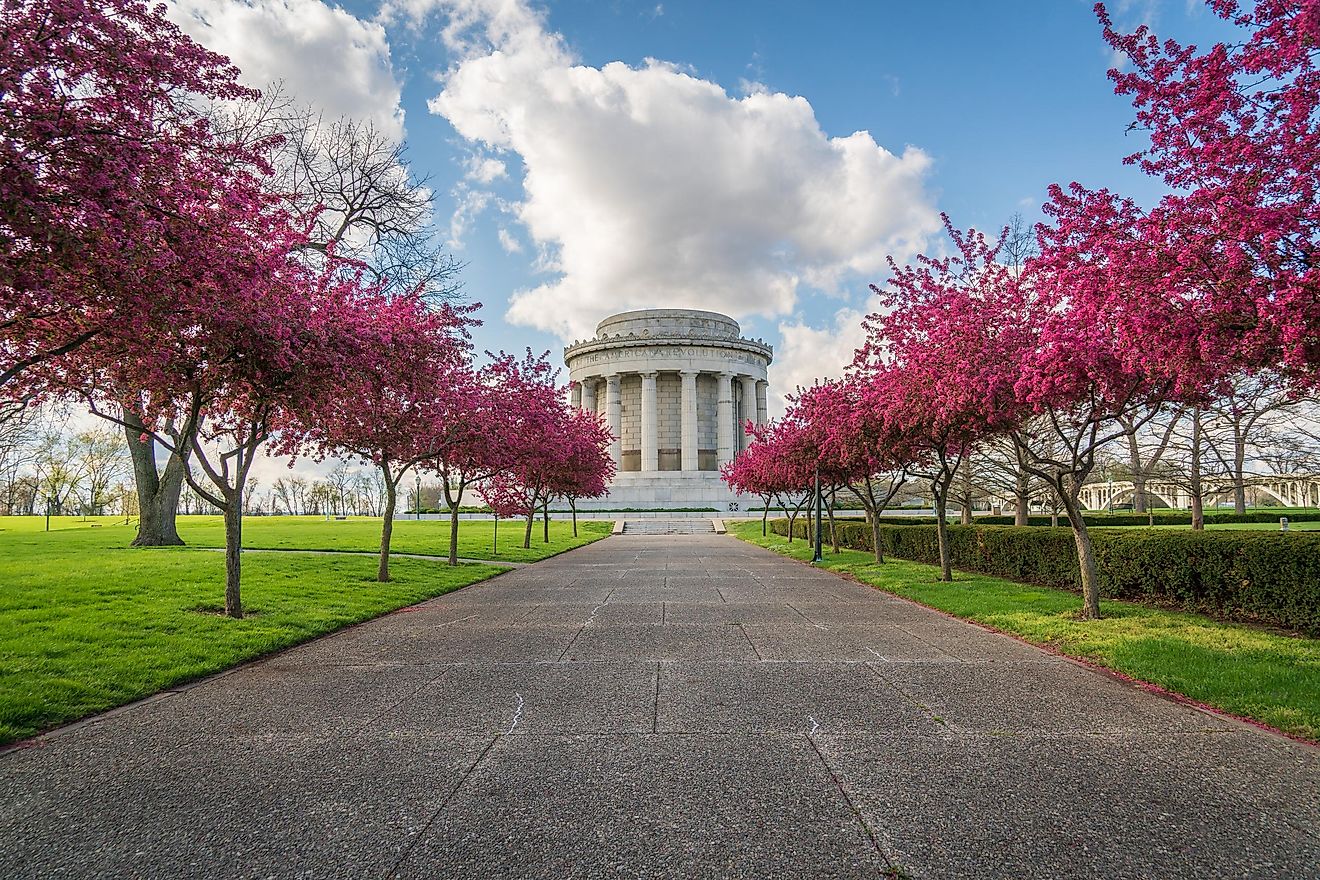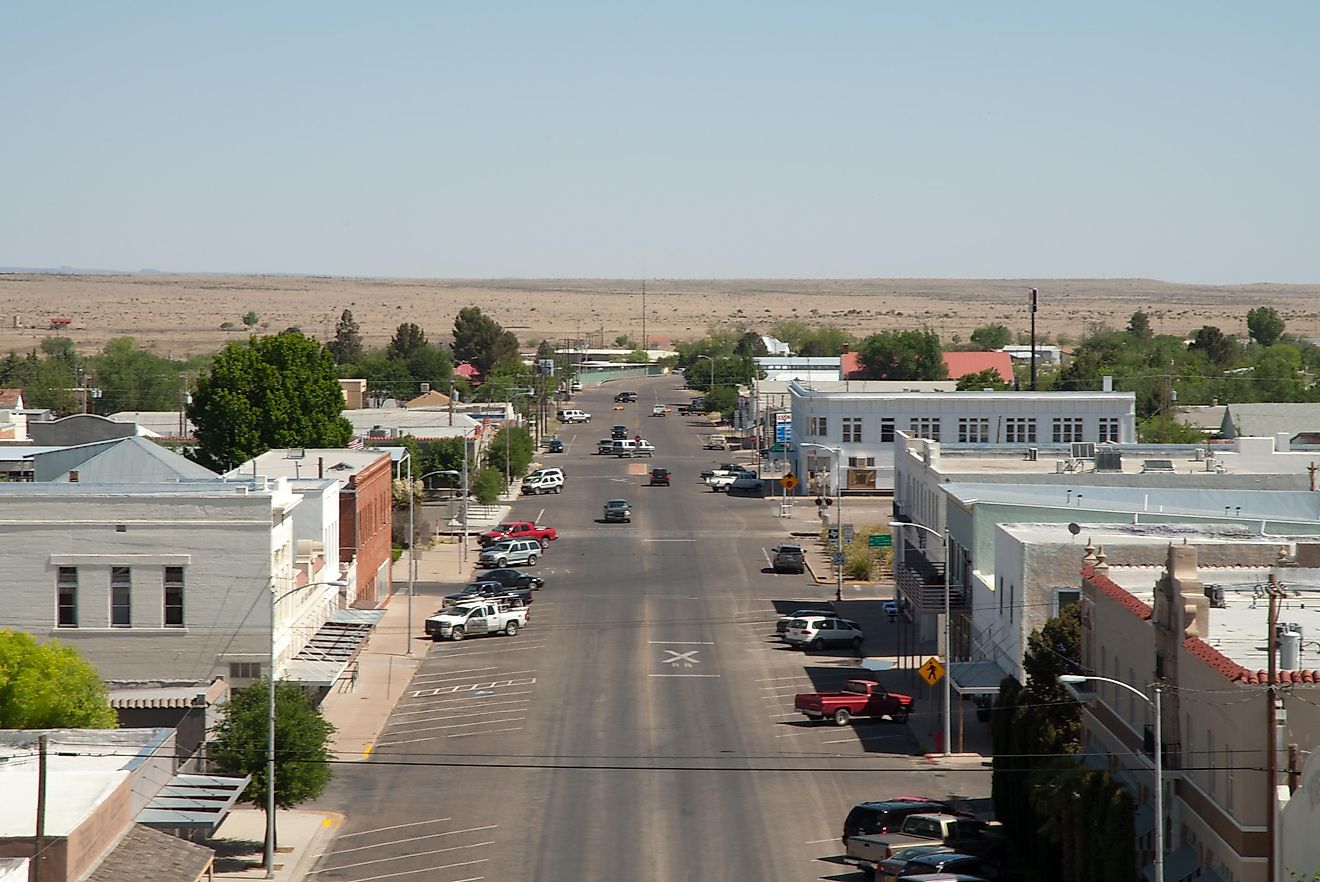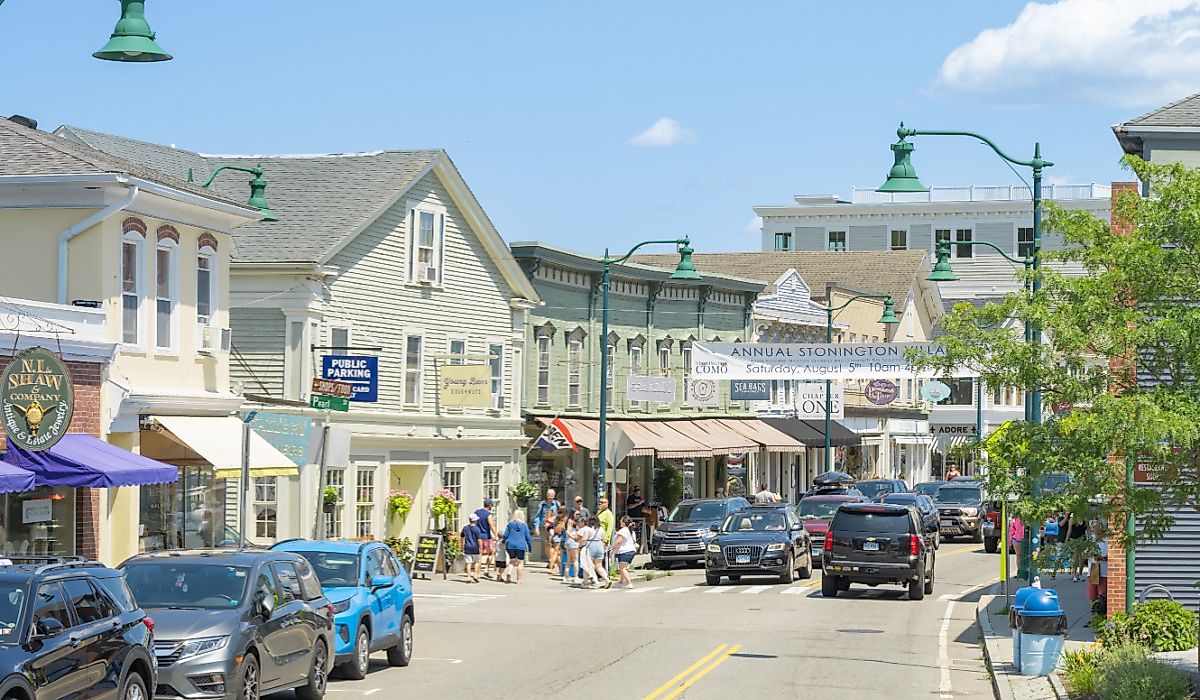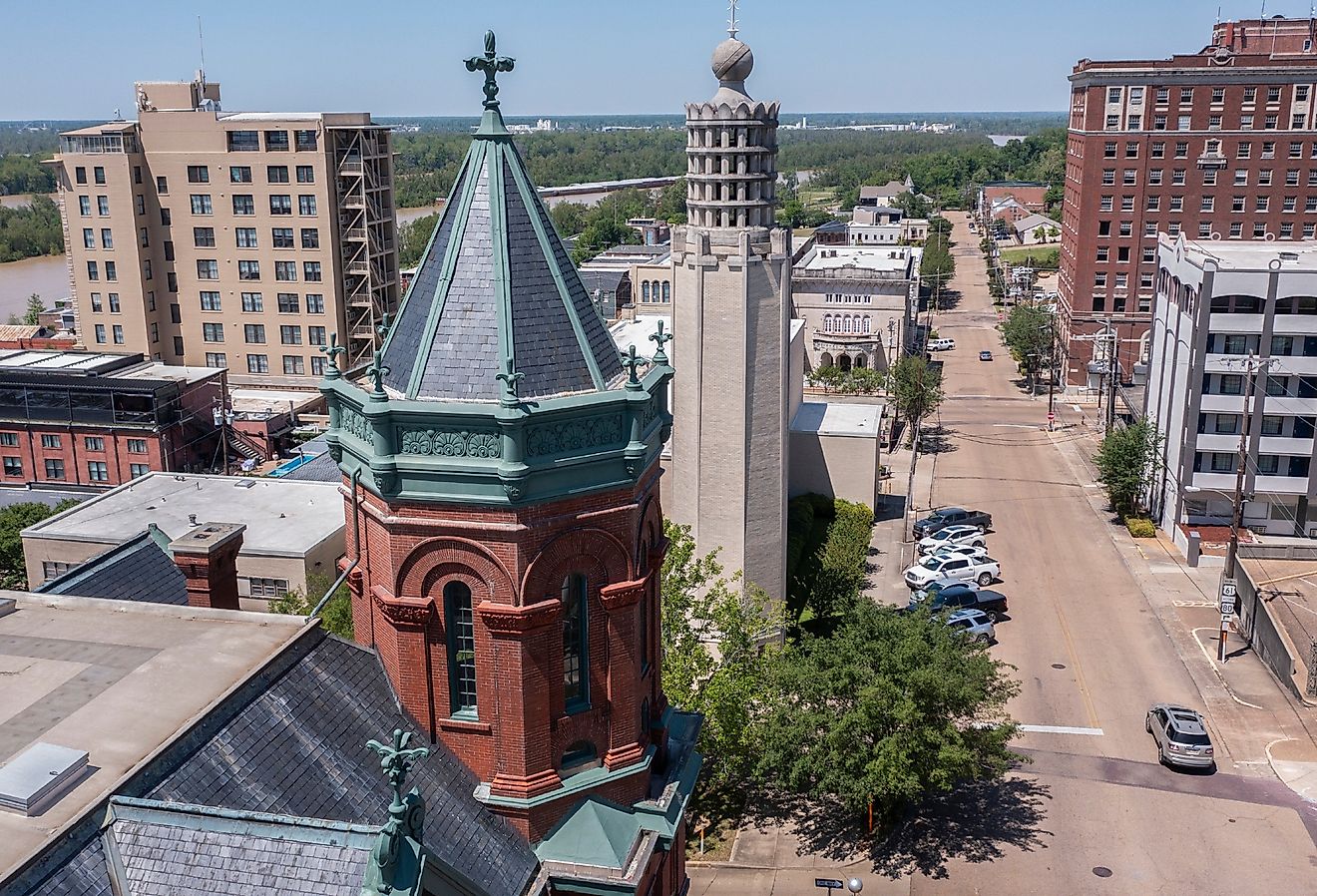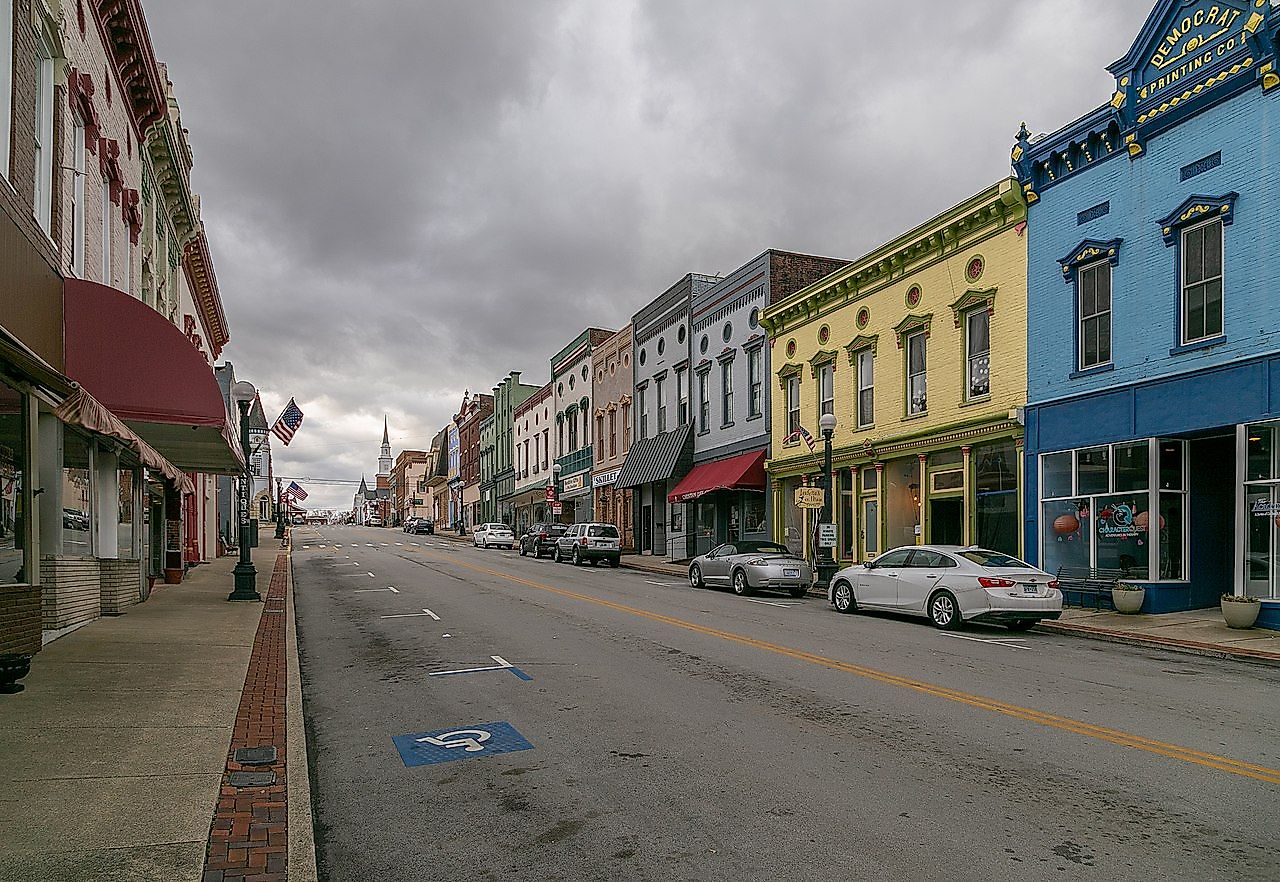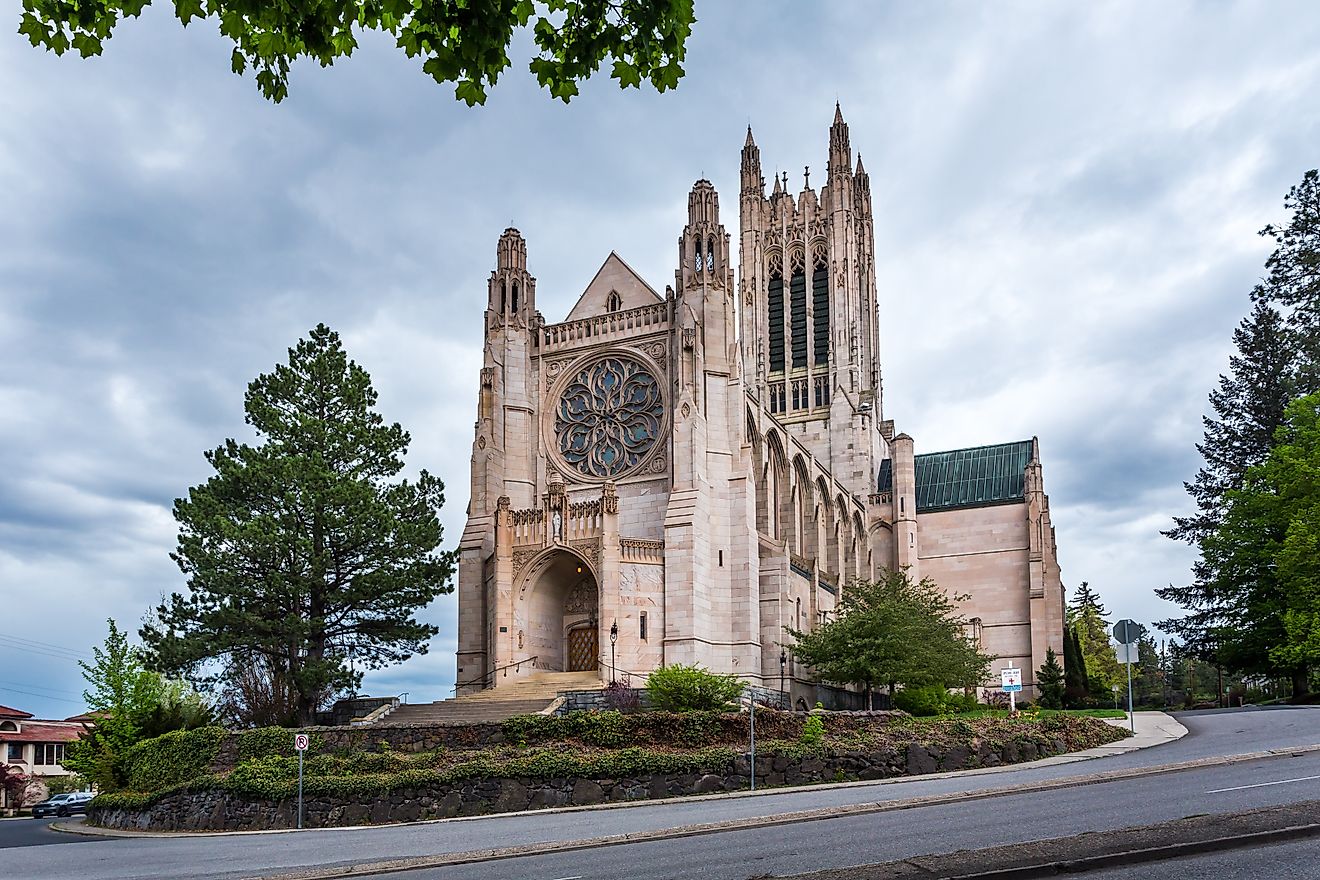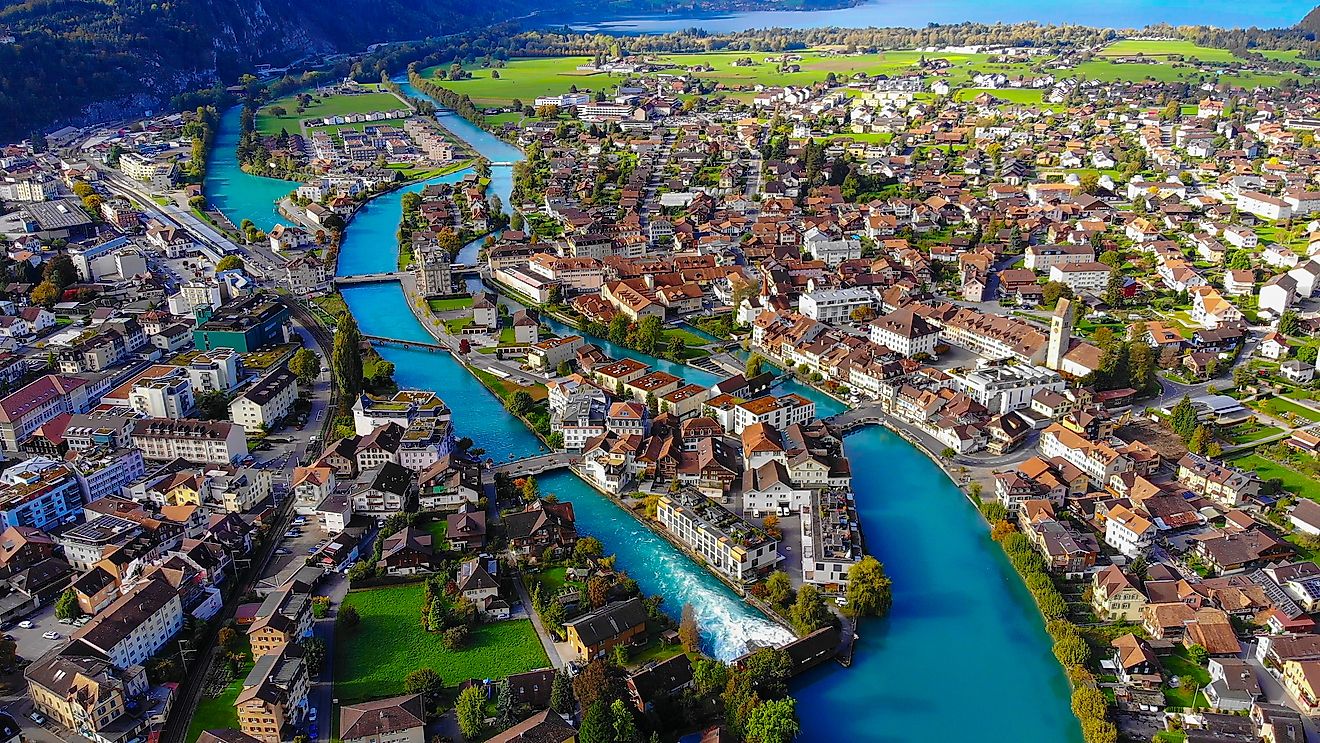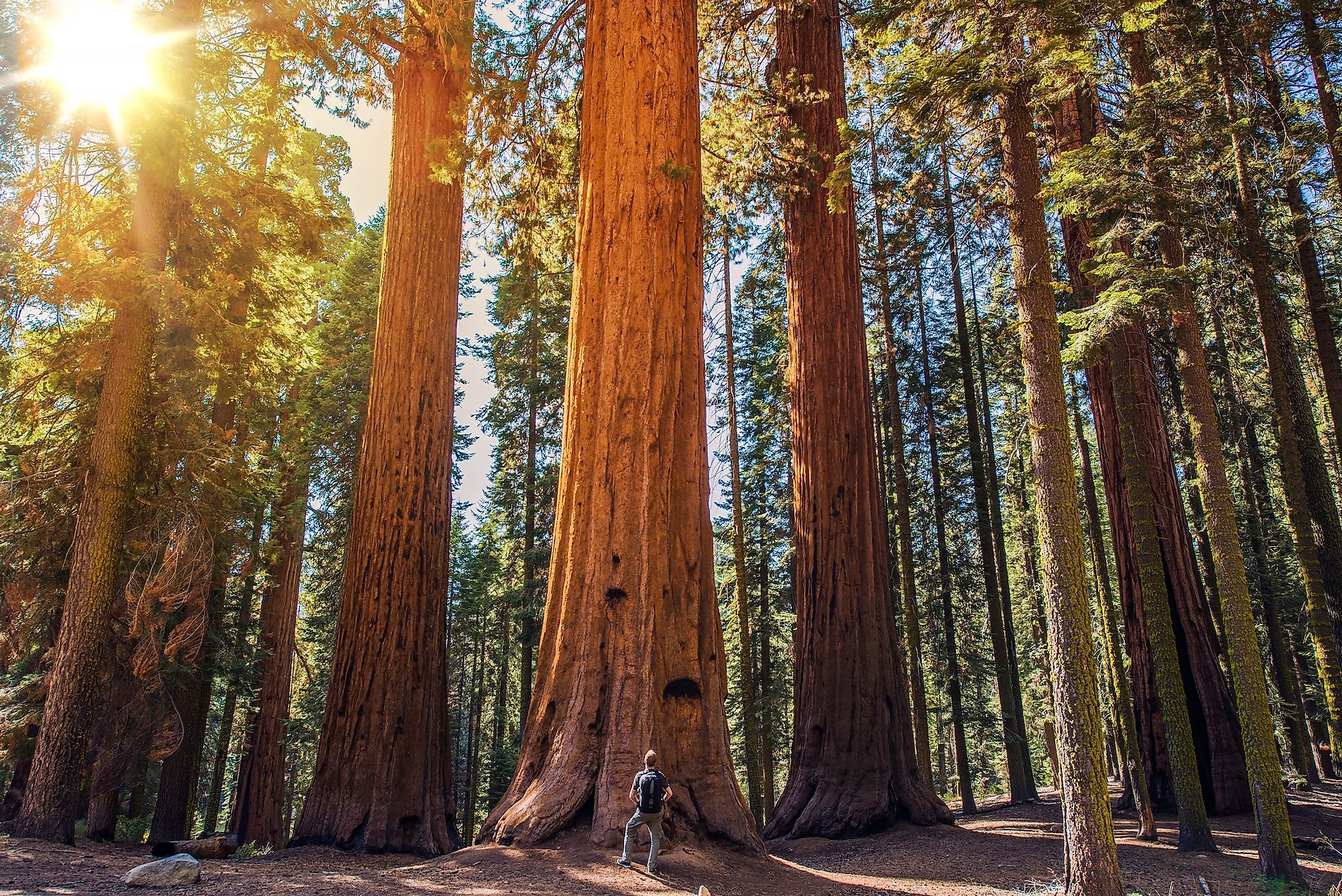
Top 12 Wonders To See In America's National Parks
The meandering persistence of the natural world, combined with a bit of human intervention, has led to some stunning features throughout the United States national park system. These wonders are fodder for postcards, our imagination, and ultimately, the decision to hit the road and get a closer look. The following are twelve such landmarks, creations, and phenomena you need to see.
Yosemite Valley
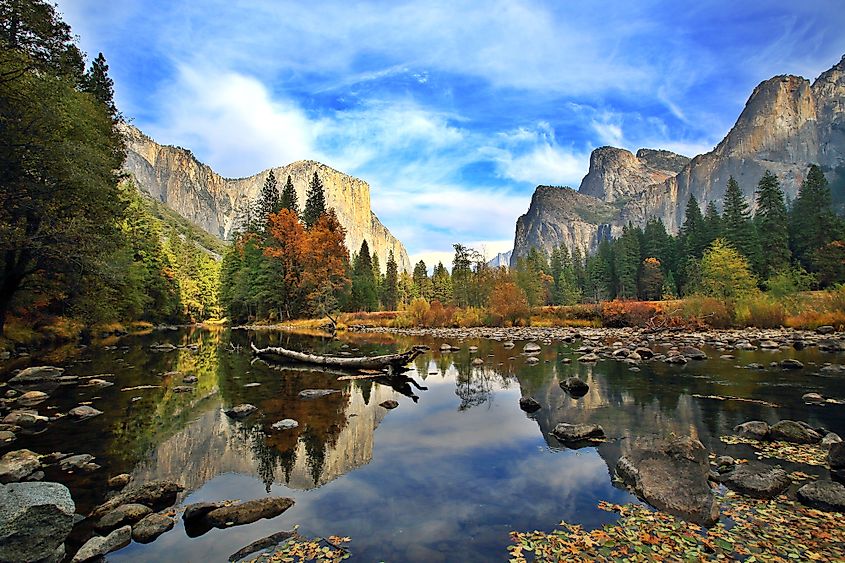
The centerpiece of California's Yosemite National Park is surely one of the most recognizable landscapes in the world. The 4,000-foot-deep, glacially-carved phenomenon houses iconic features such as El Capitan, a massive and sheer granite face that beckons the world's best rock climbers. Half Dome, another impressive face for big-wall climbers, sports a popular hike up its backside, and Yosemite Falls, the highest waterfall in North America (2,425 feet).
Angel's Landing
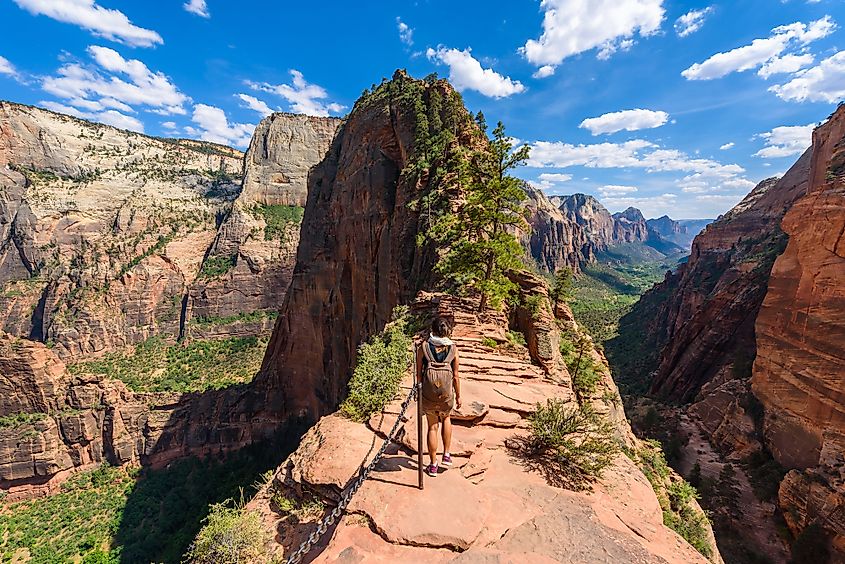
This erosion-defying, knife-edge ridge ascends what can only be described as a shark fin cut out of rock. Similar to the final stretch of Half Dome, the narrow ridge of Angel's Landing in Zion National Park, Utah, is not for the faint of heart - even with the assistance of chains, guardrails, and cut steps. A slight lean in either direction reveals gorgeous views of the 270-million-year-old Zion Canyon and vertigo-inducing, thousand-foot drops.
Mount Denali
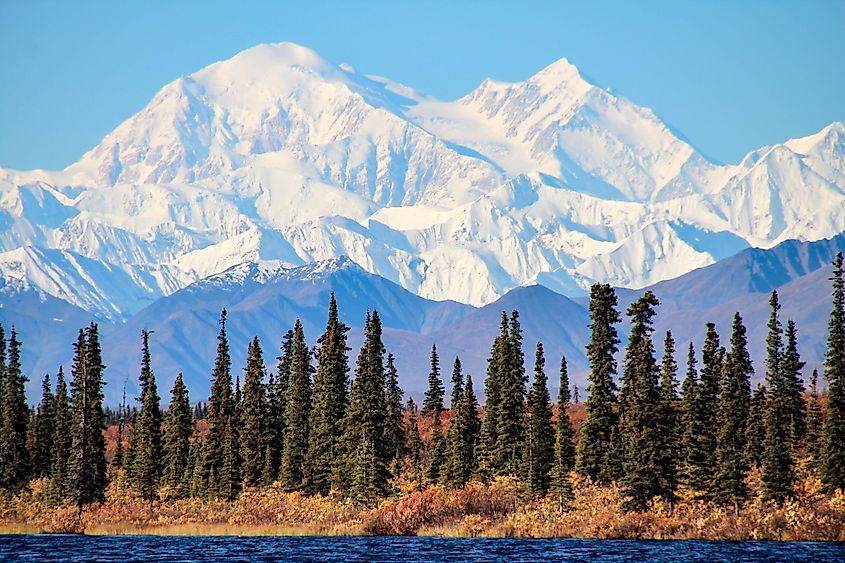
Denali, formerly known as Mount McKinley, is the tallest mountain in North America. This foreboding juggernaut, standing at an oxygen-depriving 20,310-feet-above-sea-level, is the most magnetic feature of Denali National Park and Preserve in South-Central Alaska. Few are worthy enough to scale her slopes, but everyone should get the chance to marvel at this special entry into the exclusive Seven Summits club.
Mesa Verde
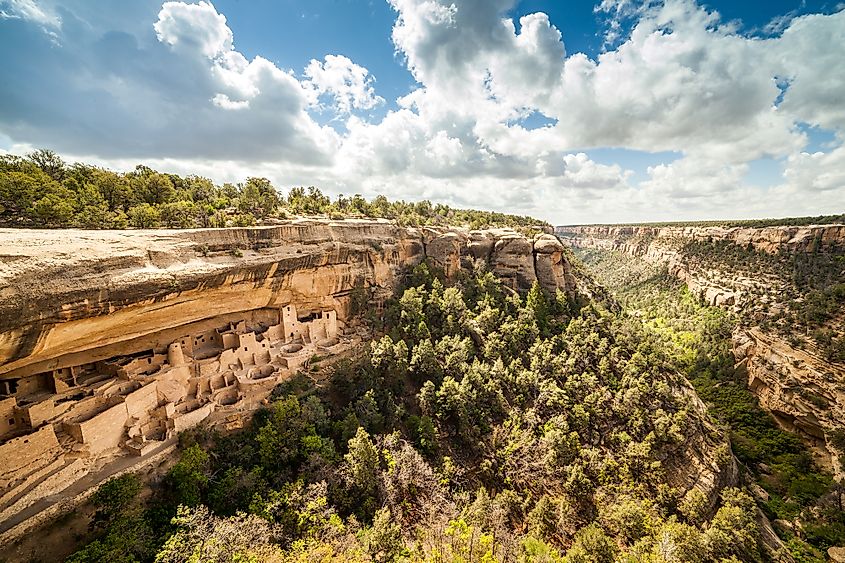
Mesa Verde National Park is a UNESCO World Heritage Site which protects the ancient structures and cultural heritage of the Ancestral Pueblo (Anasazi) people. For over 700 years (roughly between 550 to 1300) this Indigenous group built their homes throughout the cliffs and plateaus of Mesa Verde, in modern-day Southwest Colorado. About 600 cliff dwellings and another 4,100 archaeological sites have been uncovered throughout the park, with new discoveries still regularly occurring.
The Wave
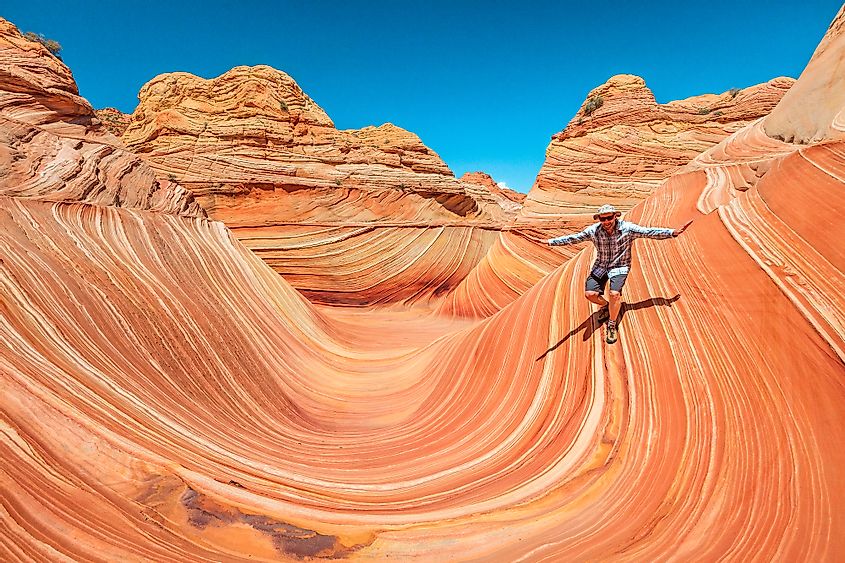
Coyote Buttes North, also known as "The Wave," is a surreal, striated landscape on the Arizona-Utah border. Though it strays a little outside of the official boundary, The Wave is administered by the Bureau of Land Management from the Grand Staircase-Escalante National Monument visitor center, and therefore, well worth a mention here. This natural wonder is equal parts delicate and intriguing, and therefore tight quotas are enforced for visitors. The patient pre-planners, or the lucky few who claim walk-in spots each day, will get to experience the awe-inspiring, petrified sandstone bands, seemingly changing with the arc of the sun.
Going-to-the-Sun Road
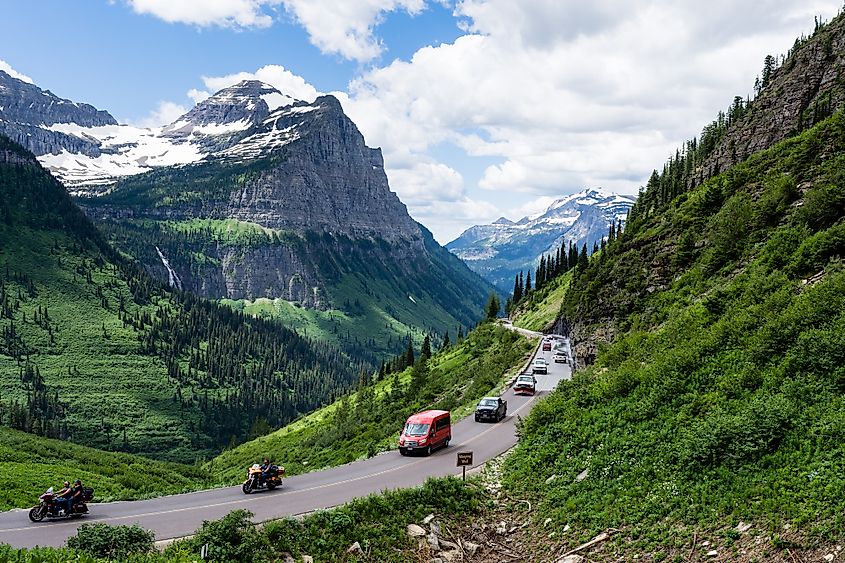
Going-to-the-Sun Road is a stunning drive through the heart of Montana's Glacier National Park. This 50-mile trans-mountain highway opens up a world of Rocky Mountain scenery that would otherwise be inaccessible to the public. includes geological remnants of the last ice age, a large collection of remaining glaciers, jaw-dropping viewpoints, wildflowers, waterfalls, wildlife, and popular trailheads. It is hard to say what is more impressive, the organically-occurring formations, or the architectural achievement.
Crater Lake
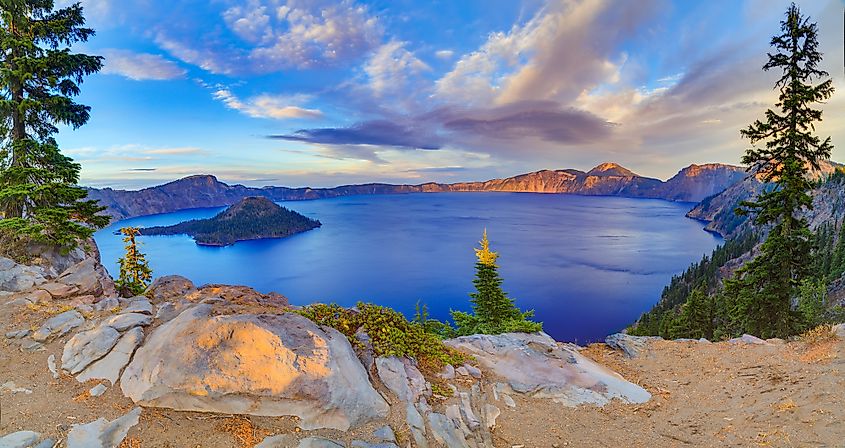
Crater Lake formed some 7,700 years ago when a volcanic eruption caused the mountain to collapse, creating the deepest lake in the United States (1,943-feet maximum depth). To drink in the views, visitors to this Southern Oregon park venture high into the Cascade Mountain Range. And because of the setting, Crater Lake is solely fed by rain and snowmelt, making the waters exceptionally clean and the emotional atmosphere just as refreshing.
Geysers And Hot Pools
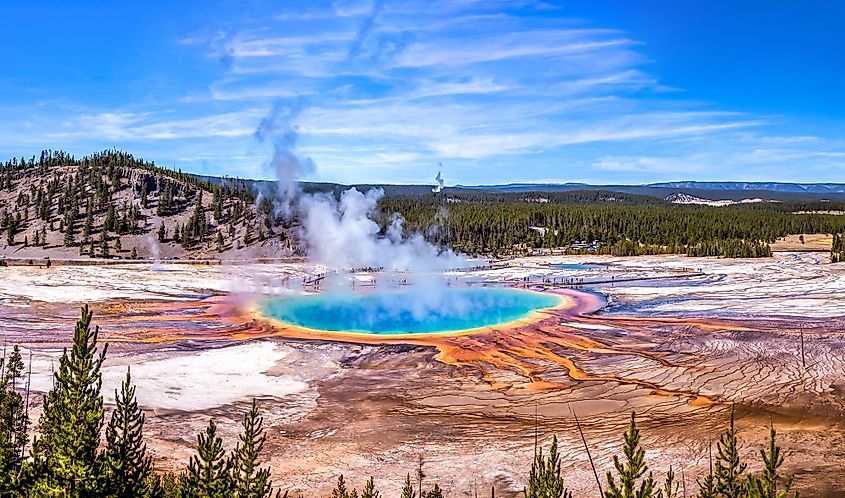
Yellowstone National Park is a wonder in and of itself. It is not only the oldest national park in the United States but also in the world. Founded on March 1, 1872, this historic initiative continues to ensure the protection of 2.2 million acres across parts of Wyoming, Idaho, and Montana. The predominant highlights for the approximately 4 million annual visitors are the nearly 500 geysers (i.e., half of the planet's active geysers) and other geothermal features, including the famous and dependable Old Faithful and the highly photogenic Grand Prismatic Spring.
The Grand Canyon
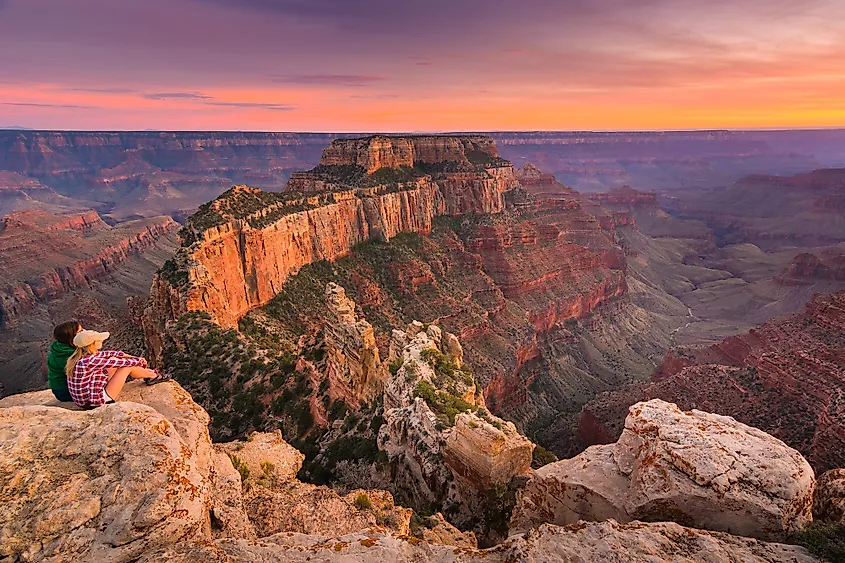
One can never miss the longest and (one of) the deepest canyons in the United States on any National Park sightseeing tour. The incredulous girth of the Grand Canyon, in Grand Canyon National Park, Arizona, seduces one's gaze into endlessly scanning - never sure what to settle on or how to possibly take it all in. Snapping pictures from the upper rim is a great start. However, to get the full Grand Canyon immersion, consider hiking down to the Colorado River to better appreciate the overwhelming magnitude.
Sand Dunes
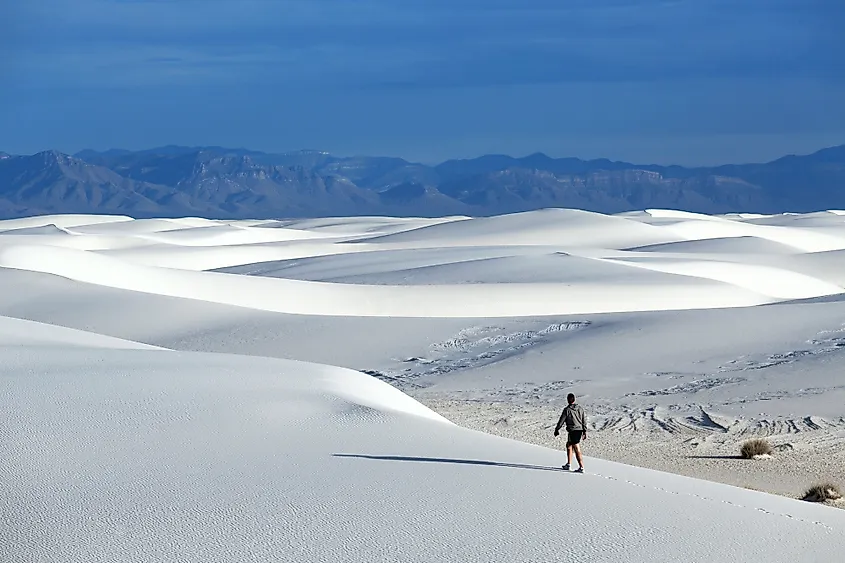
The luminous dunes of White Sands National Park in New Mexico are composed of gypsum crystals (i.e., mineral deposits left behind from evaporated lakes), which then blow into the impressive and dynamic structures. There are 275 square-miles of dune fields throughout the park, 115 of which are available for the public to explore. Alternatively, the tallest sand dunes in North America can be found in Great Sand Dunes National Park and Preserve, in Colorado. These massive mounds have the classic, golden-sand aesthetic, and are backdropped by the snow-capped peaks of the Sangre de Cristo and San Juan Mountains.
Active Volcanoes
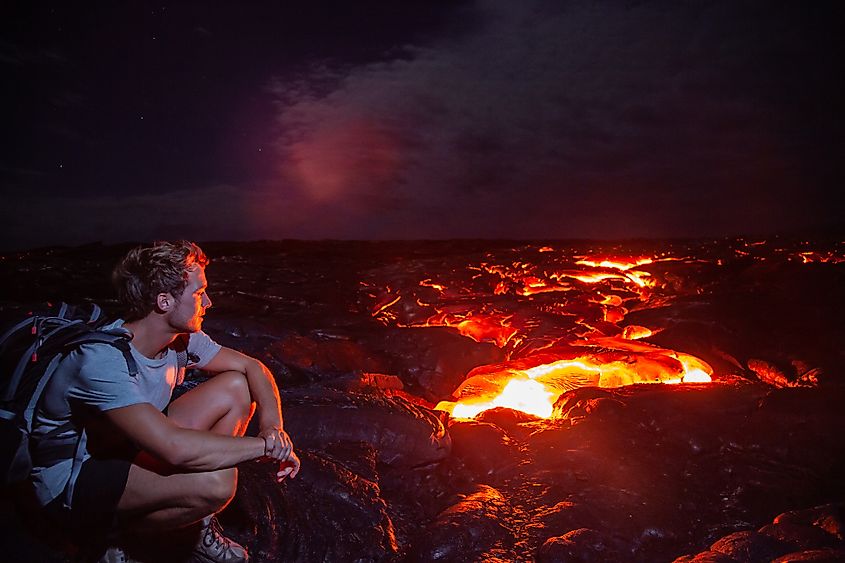
Hawai'i Volcanoes National Park is an International Biosphere Reserve and a UNESCO World Heritage Site. It is home to two of the world's most active volcanoes: Kīlauea and Mauna Loa, both of which are on the island of Hawaii. Kīlauea has erupted dozens of times since 1952, with almost continuous activity between 1983 and 2018. For ten full years, between 2008 and 2018, the summit of this shield volcano contained a lava pond, which gave off an intense gas plume. This pond once again formed in the Halema'uma'u crater after an eruption between December 2020 and May 2021 and fed yet another eruption which began in September 2021 and is persisting today.
Redwoods
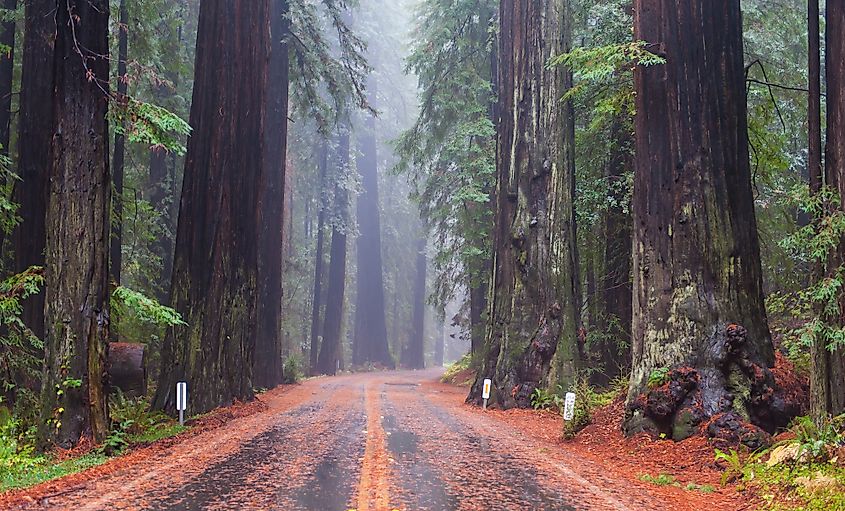
California has gone to great lengths to preserve and highlight its arboreal treasures. Muir Woods National Monument, which is just North of San Francisco, and Redwoods National and State Parks, which are a combination of sites spread along the Northwest coast, serve a variety of purposes, but the Redwood trees are easily the focal point. These magnificent old-growth forests have sprouted some of the tallest trees on earth, including the outright champion: the Hyperion Tree, which stands at a whopping 380 feet.
Can you feel the wanderlust kicking in? Well, it gets even better because these twelve enchanting sites are surrounded by large-scale national parks that will only enhance the value of the trip. Go for the top wonders, but stay for the wildlife, landscape, fresh air, and like-minded neighbors.

